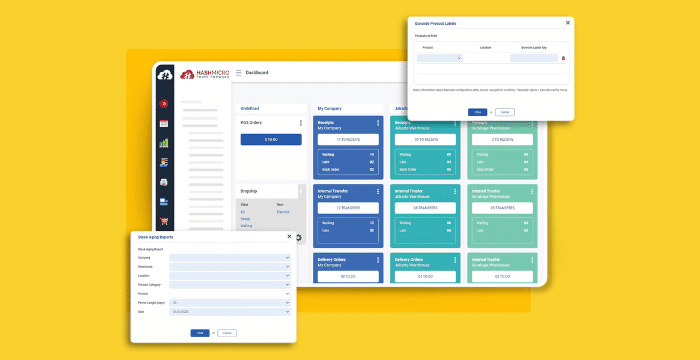In today’s globalized and interconnected economy, supply chain logistics plays a critical role in the success of businesses of all sizes and industries. It is the backbone of modern commerce, enabling goods and services to flow from suppliers to consumers across the world. It ensures that goods and services are delivered to customers in a timely, cost-effective manner.
Supply chain logistics involve a complex system of activities that begins with the procurement of raw materials and ends with the delivery of finished products. However, with increasing customer demands and unpredictable disruptions, businesses face significant challenges. In this article, we’ll explore the definition of supply chain logistics, the challenges it presents, and how businesses can overcome them.
Table of Content:
Table of Content

Supply Chain Logistics Definition
Supply chain logistics refers to the process of planning, implementing, and controlling the movement of goods and services from the point of origin to the point of consumption. This includes managing the flow of materials, information, and finances across the supply chain. It aims to optimize the process to ensure that goods and services are delivered to customers in the most efficient and cost-effective way possible.
Supply Chain Logistics Challenges
Businesses face several challenges in implementing an effective supply chain management system. One of the primary challenges is managing inventory levels. Businesses need to maintain an optimal level of inventory to ensure that they can meet customer demand while minimizing storage costs. However, managing inventory levels can be challenging, particularly when dealing with multiple suppliers and fluctuating demand.
Supply chain visibility is also a significant challenge for businesses. With global supply chains, it can be challenging to keep track of products as they move through different countries, customs, and regulations. Moreover, businesses need to ensure compliance with ethical and sustainable procurement policies.
Customers’ Effects on Supply Chain Logistics
Customers also have a significant impact on the process. Their changing demands and preferences can cause fluctuations in demand, which can make it challenging for businesses to manage inventory levels and plan production schedules. Additionally, customers expect fast and reliable delivery, putting pressure on businesses to optimize their transportation logistics.
Boost Effectivity of Your Supply Chain Logistics with Inventory Software
With numerous stakeholders, touchpoints, and unpredictable demand patterns, it’s easy for errors to arise. However, by leveraging inventory software, it is possible to overcome these challenges. From enhancing visibility to improving order accuracy, inventory software can revolutionize the way businesses manage their supply chain operations.
Control the supply chain management
With inventory management software, businesses can gain greater control over their supply chain logistics operations, including NXT Point 3PL logistics. By managing inventory levels, tracking shipments, and monitoring the movement of goods throughout the supply chain, this level of control helps businesses reduce lead times as well as improve on-time delivery rates.
Create a productive warehouse
Inventory management software provides real-time visibility into inventory levels, reducing the time and effort required to manage inventory and improving order accuracy. This software automates many of the processes involved in managing supply chain logistics, such as tracking stock levels and generating reports. By automating these processes, employees can focus on more productive tasks.
Save costs
The system aids businesses in saving money by reducing the costs associated with inventory management. By maintaining optimal inventory levels, businesses can reduce the cost of holding inventory and increase inventory turnover rates, leading to lower carrying costs. Furthermore, this can increase their bottom line.
Minimize waste
One way that inventory software minimizes waste is by reducing the likelihood of stockouts. Tracking inventory movement using an inventory movement report enables businesses to identify areas where waste is occurring, such as excess inventory and expired products. By identifying areas of waste in the supply chain, businesses can implement improvements that further leads to increased profitability and sustainability.
Conclusion
Supply chain logistics play a critical role in any business, as it directly impacts the overall efficiency and profitability of the organization. The challenges faced by businesses in managing them can be numerous. However, by adopting the right strategies and tools, businesses can overcome these challenges. One such tool is an effective inventory management system like HashMicro’s Inventory Management Software.
The system is able to track inventory levels, automate order fulfillment, and minimize the risk of stockouts. With HashMicro’s Inventory Management System, businesses can streamline their supply chain logistics. Hence, if you’re looking to improve yours, HashMicro’s inventory management system is definitely worth considering. Moreover, you can get up to 50% off on the Productivity Solutions Grant or schedule a free demo now to experience the transformational power it brings to your operations.!





































